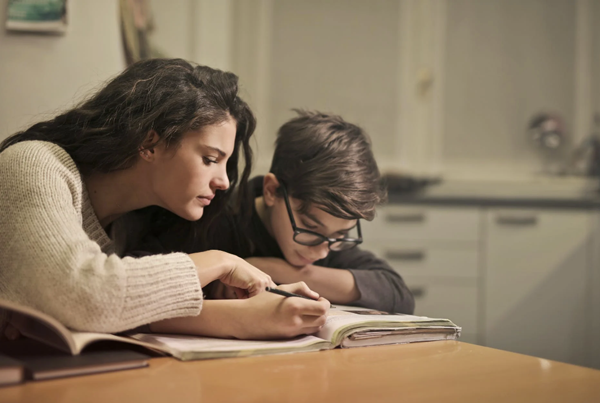
Photo courtesy of Andrea Piacquadio / Pexels
During the pandemic, when schools shut down, you might have heard people say “we are being forced to home-school.” Parents were left to deal with remote learning, virtual school and work packets. Some signed their children up with online academies through their local public school districts and I often read and heard parents say how hard “home schooling” was and that their child wasn’t doing well. No wonder! None of the aforementioned are examples of home schooling. These are all examples of public school at home.
I am currently seeing public school teachers share that they are leaving their job to start “home schools.” That is also not home schooling and in some states that is illegal. Those are examples of private schools, pods or micro schools, again, none of which are home schools.
Home schooling is parent-led and parent-directed education. The parent is the primary educator in a home school. Home-school parents see home schooling as an extension of parenting. The parents are the primary teachers and they choose and implement their child’s curriculum. It’s important now more than ever to identify what home schooling truly is because the waters have gotten muddy.
Home-school families have many options when it comes to what their individual style of parent-led and parent-directed education looks like. Many choose enrichment opportunities for their children. Within the home-school community there are co-ops which consist of parents sharing their time, talents and areas of expertise with a co-op of families. Co-ops are free and typically meet monthly or bimonthly, though this can vary. Many home-school families also participate in tutorials. Tutorials take place in a group setting and typically offer classes a la carte, meaning parents can pick and choose which classes their children take and how many days a week their child attends. Tutorials are a paid service and they do not replace the parent as the primary educator. Some parents may choose to hire a private tutor for their child for a certain subject area but none of these options ever replaces the parents as the primary educators. These are all examples of resources that can enhance individual home schools.
Education is currently a hot-button topic. Many parents are making hard decisions when it comes to the education of their children. Alternative educational choices can take on many forms, and it’s important to identify exactly what those look like in order to make informed decisions. If you truly want to steer the ship in terms of your educational choice, parents need to make sure there is no government funding attached to that choice. Always remember, what the government funds, it runs. If it’s a private school and they accept government-allocated funds, it is no longer private. If it is a charter school and it accepts government funds, it is not private, nor is it home schooling. Some states consider private schools and charter schools (who have accepted government monies and offer home-school options) to be examples of “home schooling,” but it is not. If parents truly want to home-school, they must make sure that none of their choices include replacing the parents as the primary educator. They must also understand that home schooling without strings means no government monies attached.
Home education has grown exorbitantly over the last couple of years and the trend does not seem to be slowing down. This has allowed an opportunity for many people to capitalize on this market. I encourage every home-school parent to familiarize themselves with the home-school laws in their state. Be wary of any services that are being offered in which parents are being replaced as the primary educators of their children. Don’t abdicate your home school to someone else. The pioneer home-school families sacrificed much for the home-school community to enjoy the liberties we have today. As a community, we have a responsibility to continue to protect those liberties. We must not allow the home school waters to become muddy.
___













